Fungus Gnats in Living Soil: Separating Fear from Reality
If you've spent any time in the grow scene, you'll know that fungus gnats are often conveyed as a huge problem, especially in hydroponics, where their presence is frequently linked to root health issues. As a result, many growers have come to see them as a pest that must be eliminated at all cost (along the same level as spider mites). In many cases, the recommended "solutions" involve chemical drenches or physical barriers--- approaches that often don't work well in living soil.
But in reality, fungus gnats aren't the enemy in a well-managed living soil system. They play a role in decomposition and nutrient cycling, and don't necessarily indicate a problem. Instead of aiming for eradication, the goal should be balancing their populations naturally, allowing the soil's ecosystem to hopefully regulate itself.
Where did the Fear of Fungus Gnats Come From?
The fear of fungus gnats largely stems from hydroponic and soilless growing, where their presence is often a sign of underlying root issues.
In hydroponic systems, plants rely entirely on water and nutrients for root health, with no microbial network to support or protect them. When conditions become too wet, stagnant, or poorly oxygenated, roots weaken, decay or die off. Fungus gnats are drawn to decomposing material, so in hydro, dying roots become the gnats primary food source.
Because gnats often appear alongside root rot and plant decline, they've been blamed as the cause--when, in reality, they are just a symptom of poor root zone conditions. Over time, this misunderstanding turned into widespread fear, with the industry promoting harsh chemical solutions or physical barriers in an effort to eliminate them entirely.
In living soil, the equation is different. The microbial life in soil naturally cycles organic material, providing a naturally more robust root system, and plenty of things to eat aside from roots. Fungus gnats may still be present, but they are drawn to decomposing matter, fungi, and microbial biofilms - as well as compost, castings, amendments & peatmoss, rather than healthy roots.
This is why they aren't the same threat in soil as they are in hydro--their presence alone isn't always a direct sign of something going wrong.
Why Fungus Gnats Are Common in Living Soil (And When To Be Concerned)
Living soil is a thriving ecosystem filled with microbes, fungi, organic matter, and, yes, insects--all breaking down material and supporting plant health. Naturally, this can attract fungus gnats, which feed on decomposing organic matter, fungi, and microbial biofilms.
Fungus Gnats Are a Normal Part of Soil Biology
✔️ They contribute to organic matter breakdown--helping release nutrients into plant-available forms.
✔️ They prefer decomposing material over live roots--healthy, established plants rarely experience significant yield-reducing damage.
✔️ A few gnats don't mean your soil is unhealthy--they are simply responding to microbial activity. More microbial activity and organic breakdown - can often mean more gnats.
When to Be Concerned
For most plants, a few fungus gnats are harmless. However, they can become an issue for small seedlings and clones if populations get out of balance.
⚠️ Signs of a Potential infestation:
- High numbers of larvae visible in the top layer of soil.
- Seedlings/Clones struggling with stunted growth or stress.
- Consistently wet conditions creating a perfect breeding ground.
If you're seeing infestation-level populations, it's worth adjusting your soil moisture and watering practices, or introducing some biological controls to restore balance.
How We Keep Fungus Gnats Low At The Soil Factory
We take proactive steps at H.P.O to keep potential gnat issues in check before our soil ever reaches growers:
✔️ Use of properly aged compost over a year old - Fresh compost attracts gnats in droves. Our composts we use to make our soils are fully matured, reducing preferred gnat food sources and maximising predatory bugs.
✔️ Encouraging natural predators - Our soils contain predatory mites (Stratiolaelaps scimitus), which actively hunt gnat larvae before they become a problem.
✔️ Inoculating with beneficial nematodes (Steinernema feltiae) - These microscopic predators seek out and kill gnat larvae in the soil.
✔️ Indoor soil storage - Most soils you will find are stored outside, where they easily pick up pests. Our indoor storage keeps things clean.
✔️ Manufacturing in a controlled indoor space - Unlike most soil producers, we blend and bag our soils indoors, reducing exposure to gnats.
These steps don't mean you'll never see gnats (they're everywhere in the environment), but they help keep populations low naturally, without needing sterilization or chemical treatments
Why Some Commonly Sold Industry "Fixes" Don't Work Well in Living Soil
A lot of growers are told that diatomaceous earth (DE) granules or Powder will prevent fungus gnats from laying eggs or breeding. While this sounds great in theory, they don't hold up in a moist soil environment (and studies confirm this time and again).
The Problem with Thick Layers of DE granules
❌ DE only works when dry - The moment it absorbs moisture, it loses its abrasive effect and becomes useless against gnats. Think of how dust feels on your skin vs mud - same principle.
❌ It can create a non-decomposing crust - This disrupts water movement and gas exchange, making moisture distribution uneven and making it very difficult to top dress your plants.
❌ When wet, it becomes dense and compacted - Instead of forming a loose barrier, it traps moisture at the surface exacerbating the issue! leading to anaerobic spots and microbial imbalances.
❌ It doesn't actually stop gnats from laying eggs - Gnats will find cracks or lay eggs at the edges of pots/containers, or simply burrow through when the DE is wet with watering.
❌ It can shift soil pH - Some DE contains high levels of reactive calcium, which can alter pH over time, especially if used in the large amounts suggested as a barrier control.
Instead of relying on static, ineffective barriers that do not decompose or integrate with your soil, we recommend people modify cultural practices firstly, and focus on things like microbial interventions, predatory insects and biologically active mulch, this is a better long-term strategy as it fits with the carbon cycling and functioning of Living Soil while providing steady down-pressure on gnats to keep their numbers in check.
Of the products we offer that are beneficial in balancing Gnats:
✔️ [ALFA-MULCH] - This combination mulch product helps regulate soil conditions while also offering short-term suppression. Unlike thick DE layers, it doesn't block top-dressing applications, disrupt microbial activity, or negatively affect how the soils moisture profile works. It contains DE in a powdered form coated on the mulch particles which while dry provide immediate treatment for up to a couple of days, helping put a dent in gnat numbers, but when it is wet the mulch slowly decomposes helping Microbial interventions thrive. While not intended as a permanent barrier, our opinion is soils should be mulched to be at their peak functioning, using ALFA-MULCH offers a two in one solution, terrific for use around top dress time.
✔️ [DARK-MATTER mycorrhizal matrix] - A beneficial inoculant containing Bacillus thuringiensis (BTI) and Beauvaria bassiana - two microbial agents that naturally suppress fungus gnat larvae while supporting root health. Its biostimulants and other species are of great utility in plants recovering from any root issues too.
✔️ [HIGH-PowR humic compost] - This premium aged compost contains predatory mites known to seek out and target gnat larvae populations, keeping them in check. We recommend applying it alongside top-dressings to help balance out Gnat numbers that can occur with amendment breakdown.
Rather than trying to block or kill gnats permanently with chemical poisons or botanical oils that can upset soil biomes, it's more effective to:
- Manage soil moisture - avoid overwatering!
- Encourage beneficial predators.
- Use Biological controls such as Nematodes, Predatory Mites or Microbes when needed.
- Cover your soil - mulched soil is less exposed to problematic insects, and more protective to predatory bugs.
- Put screens over your air/fan intakes - gnats are everywhere in the environment outside, and preventing them from getting inside keeps numbers low.
- Use of yellow sticky traps - these are useful as a monitoring tool, giving you an indication of overall gnat numbers. They can also be useful for controlling small numbers of gnats (such as in clone/seedling chambers).
If You Need Extra Gnat Control, These Biological Controls Actually work
- Steinernema feltiae (Beneficial Nematodes as contained in our soils) - Actively hunt and kill gnat larvae in the soil. Particularly useful in self-watering (SIPS) systems where moisture levels stay high.
- Predatory Mites (Stratiolaelaps scimitus as contained in our soils and compost) & Rove Beetles - Soil-dwelling predators that naturally keep gnat populations low over time.
- Bacillus thuringiensis (bti) Soil Drenches - This microbial larvacide is often sold separately to control Mosquito larvae or Caterpillars and has a powerful effect on gnats, it targets gnats while leaving beneficial microbes intact.
- Adjust watering practices - If soil stays too wet for too long, it can become a perfect breeding ground for gnats. If they are something you routinely see, you may be watering just a bit too much or too often.
- Keep your grow clean - Piles of debris, plant material and spilled soil or standing water all create ideal situations for gnats to breed up - "the cleaner it is the greener it is" as the old growers say!
Final Thoughts: Fungus Gnats Aren't the Enemy You May Have Been Led To Believe (in soil).
At the end of the day, fungus gnats are just part of a living soil system. Instead of treating them like a crisis, focus on keeping populations in check naturally by supporting soil biodiversity and beneficial predators. With proper management, they won't be an issue.
Further Reading and sources on Fungus Gnats/Control:
https://pubmed.ncbi.nlm.nih.gov/17849889/#:~:text=two,in%20any%20of%20the%20trials
https://www.mdpi.com/2075-4450/6/2/325#:~:text=shown%20that%20placing%20diatomaceous%20earth,41%2C45
https://extension.arizona.edu/sites/extension.arizona.edu/files/pubs/az1531.pdf#:~:text=rot,2007
https://extension.psu.edu/bio-insecticides-in-greenhouse-ornamentals#:~:text=Beauveria%20bassiana

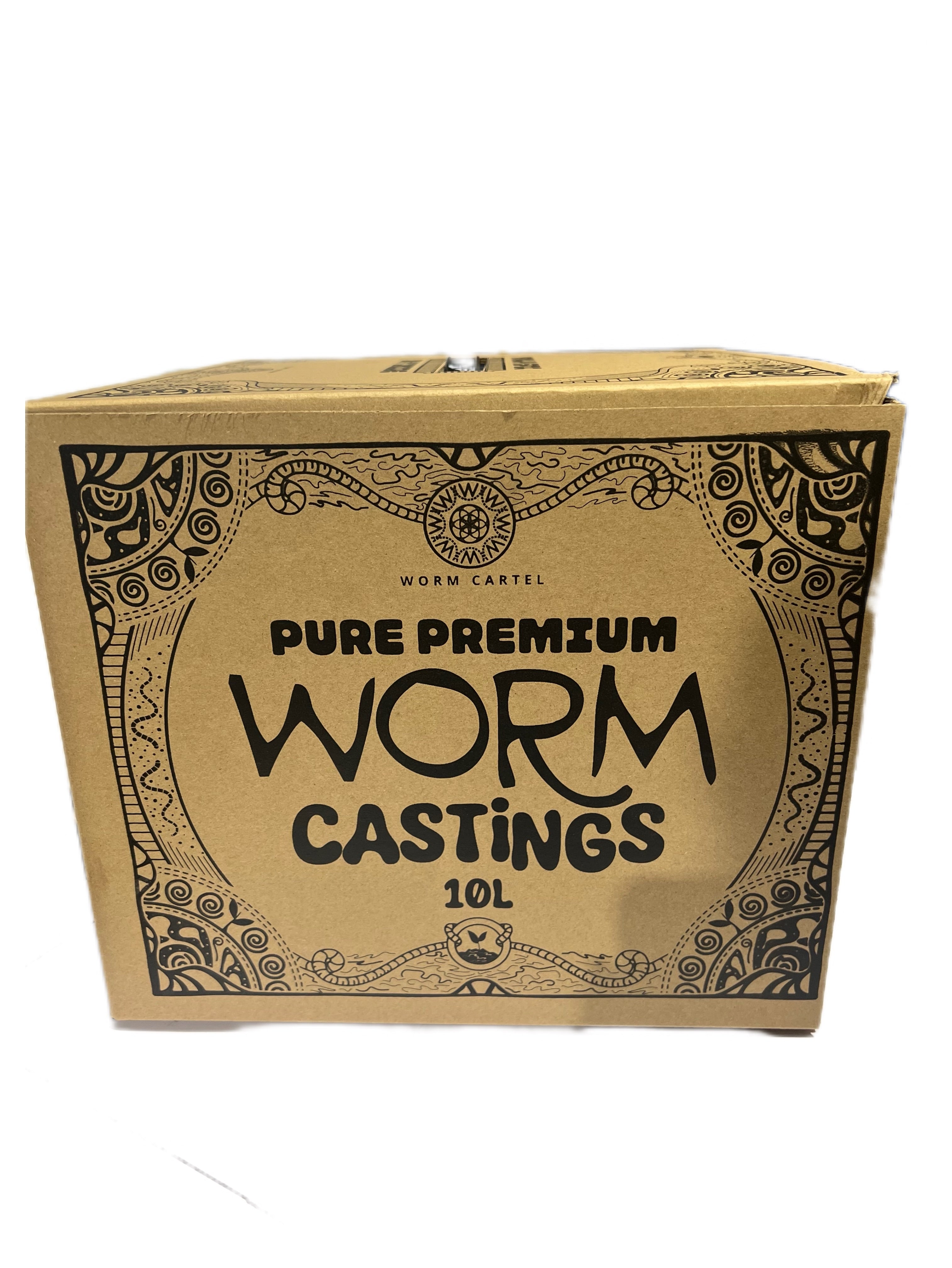

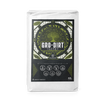


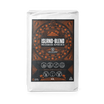

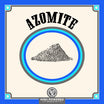









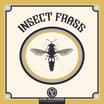




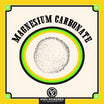
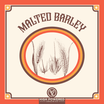
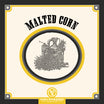
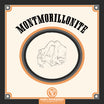








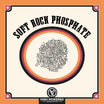


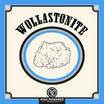

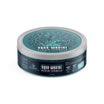
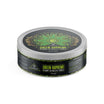
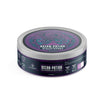
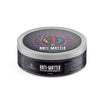
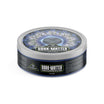
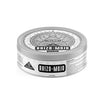

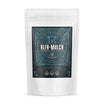
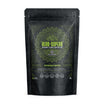
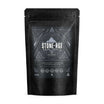
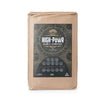










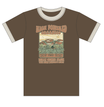
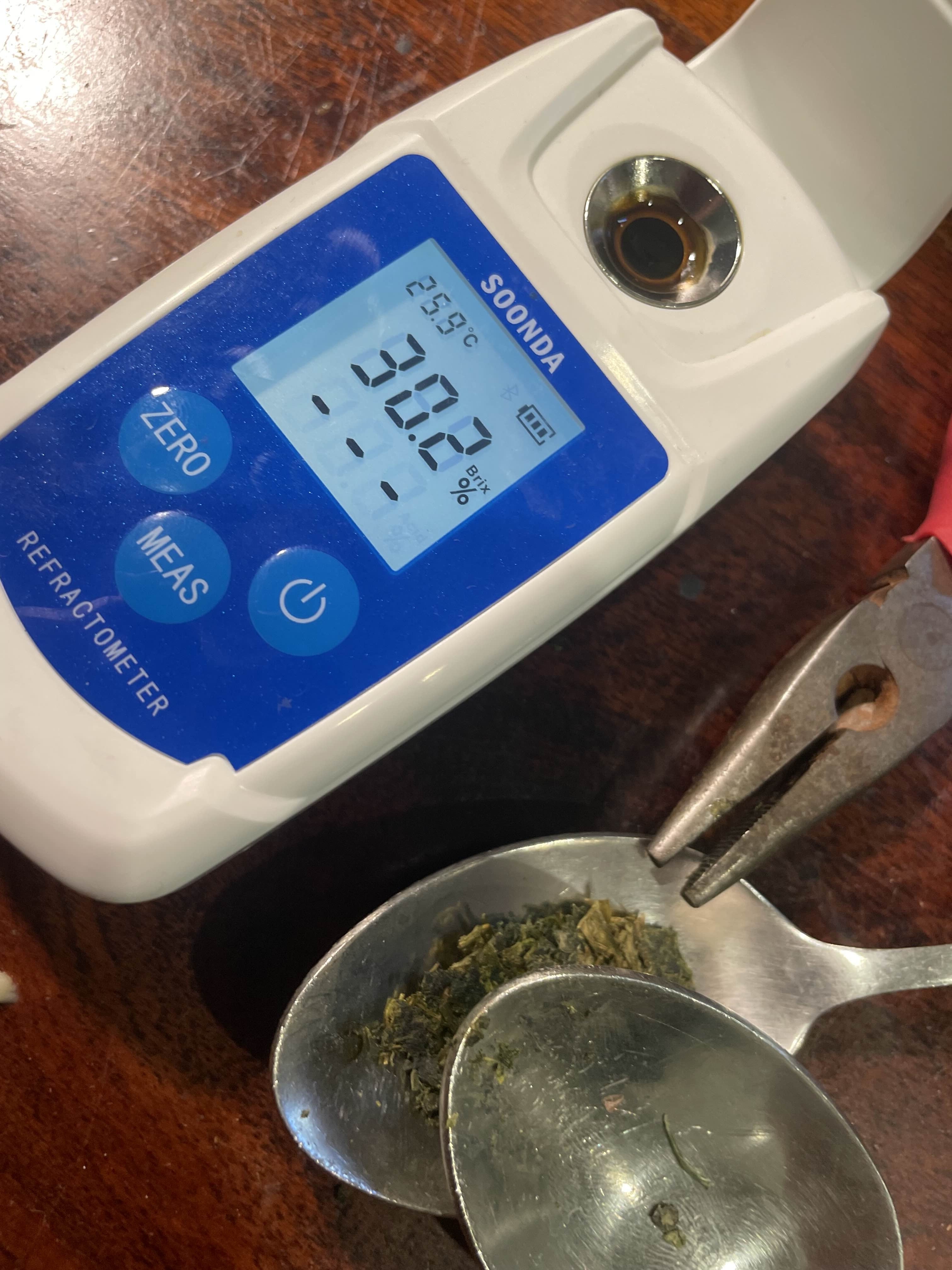
Leave a comment
All comments are moderated before being published.
This site is protected by hCaptcha and the hCaptcha Privacy Policy and Terms of Service apply.